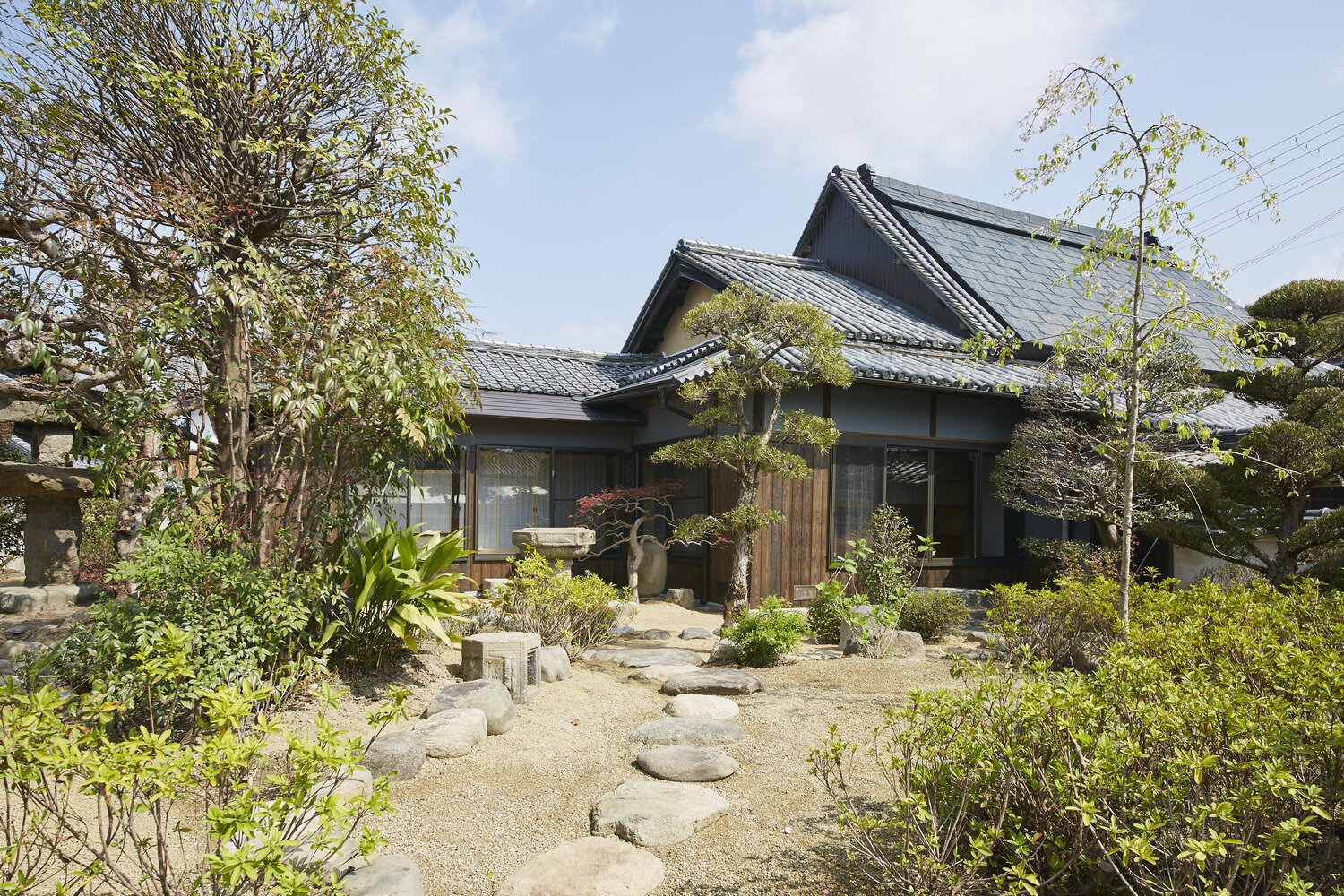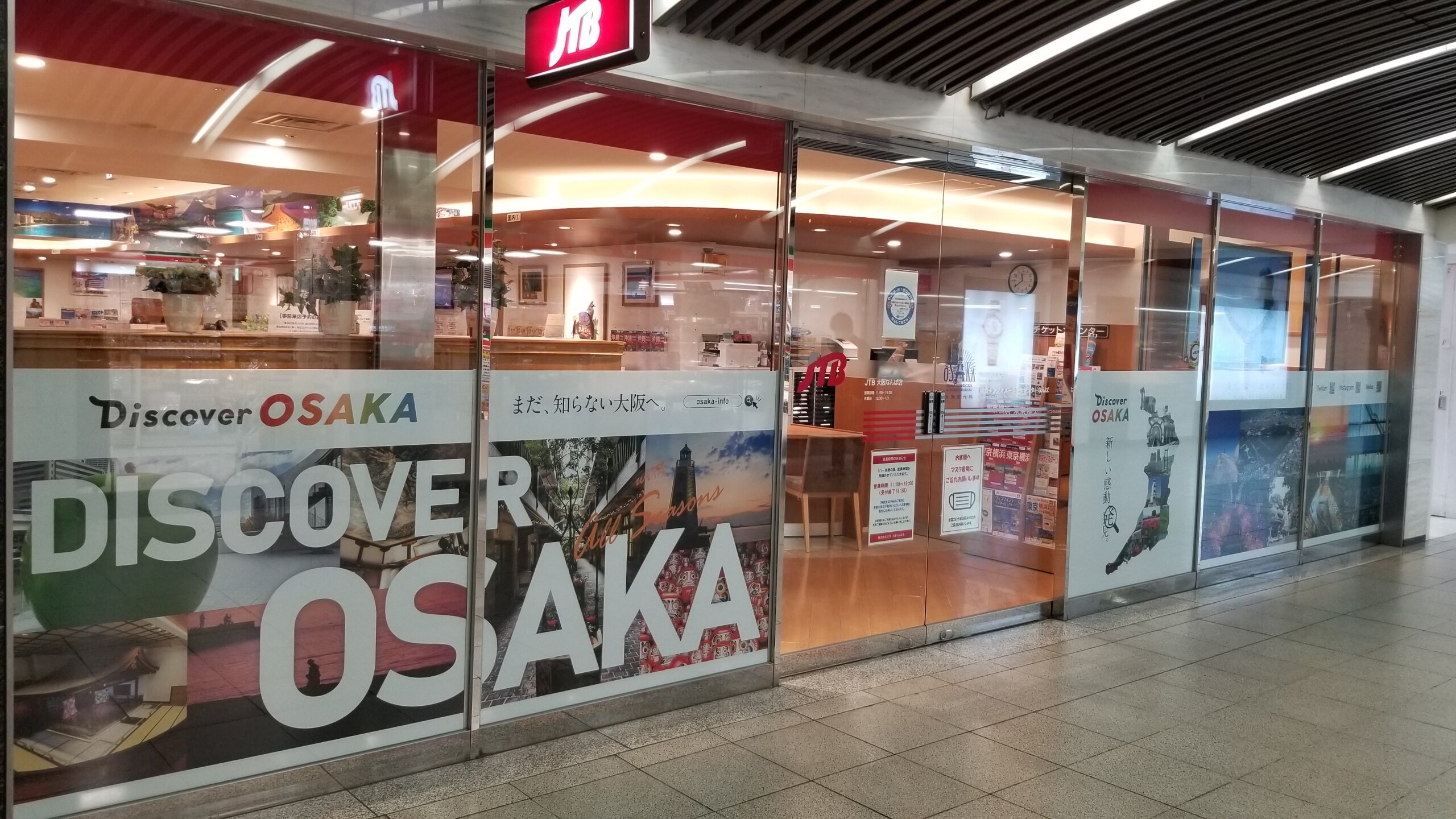
Once upon a time, Osaka was the sea! A trip to ancient times on Kamimachi Plateau
A long time ago, most of the Osaka city area was covered by the sea. The Kamimachi Plateau, which extends from Osaka Castle to Sumiyoshi, juts out into the sea like a peninsula, and when you look out from its northern tip, you'll see a number of large and small islands floating in the sky. The Kamimachi Plateau is home to the Morinomiya people, the roots of Osaka people, and various cultures were brought across the ocean from mainland China and the Korean Peninsula. At that time, Naniwa Tsu, a major center of international trade, was bustling with people, the magnificent Naniwa Palace was built, and it flourished as the center of Japan. Stories that lie quietly here and there on the Kamimachi Plateau, which is now surrounded by greenery. Let's travel to ancient Osaka.
-
START
Departing from JR Tamatsukuri Station
-
10minutes WalkTamatsukuri Inari Shrine

First, start at Tamatsukuri Station on the JR Loop Line. If you walk north along Tamatsukuri Street and turn left into the residential area, you will find Tamatsukuri Inari Shrine in front of Tamatsukuri Elementary School. "Tamazukuri" appears many times like a tongue twister, but this is actually where the "Tamazukuri Club" was located in ancient times. It is a beautiful place name derived from magatama. Tamatsukuri Inari Shrine was established in the fall of Emperor Suinin's 18th year (12 BC), and it is said that when Prince Shotoku fought with Mononobe Moriya, he encamped here at Tamatsukuri Oka and prayed for victory. During the Toyotomi era, it was enshrined as the guardian deity of Osaka Castle, and at the back of the quiet grounds, the stone torii gate dedicated by Hideyori remains. To the right of the torii gate is the Namba Tamatsukuri Museum. Inside the unique building, which feels like an ancient space, there are exhibits that introduce and display ancient jade relics, raw stones and beads mined from all over the country, the history of jade, and the process of making jade (reservations required for tours). Maybe there is an ancient magatama sleeping beneath the ground where we are standing now?
see spot3minutes Walk -
Morinomiya ruins

About 10 minutes down the slope from Tamatsukuri Inari Shrine. Going further back in time, we arrived at the Jomon period. On the first basement floor of Morinomiya Piloti Hall, there is an exhibition room dedicated to the Morinomiya ruins. According to research, people started living here in Morinomiya about 5,000 years ago during the middle Jomon period! Human bones were discovered during the third survey associated with the construction of this hall around 1970-1970, so the human bones, stone tools, and pottery of Morinomiya No. 1 are on display here. Noda. The ``Morinomiya No. 1'', who can be said to be the origin of Osaka people, is a 148cm tall woman who is estimated to be in her 30s.
2minutes on foot -
Naniwa Palace Historical Park

If you go west up the slope of Chuo Odori from the Morinomiya Ruins, you will arrive at the Naniwa Palace Historic Site Park, which is full of greenery. In 645, Emperor Kotoku moved the capital to Namba with the Taika Reform. The vast Naniwa Nagara Toyosaki Shrine (Naniwa Nagata Toyosaki Shrine) was built in this area, which was bustling with the international port of Naniwa Tsu. Later, in 726, Emperor Shomu built a new palace to rebuild Naniwa Palace, which had been destroyed by fire. The foundation of Daigokuden from that time has been restored to the north of the center of the approximately 90,000 square meter historical park. Be sure to take a break on the stone platform. If you listen closely, you might even hear the rustling sounds of ancient times.
2minutes on foot -
Osaka Museum of History

Two tall buildings stand side by side, diagonally across from the northwest corner intersection of Naniwa Palace Historical Park. The Osaka Museum of History is in the foreground. The 10-story museum introduces Osaka from ancient times to modern times with reconstructed models, computer images, and a wealth of materials, but the highlight is the Namba Palace Daigokuden, which has been recreated on the 10th floor. You can experience the grandeur of life-sized government officials lined up in a row of vermilion-painted columns with a diameter of 70 centimeters. In the basement, guided tours of the building ruins discovered during excavations are also available (six times a day, first 40 people are allowed each time).
see spotAdmission is 600 yen for adults, 400 yen for high school and university students, free for junior high school students and younger, people over 65 years of age living in Osaka City, and those with a disability certificate (including one caregiver).
25-minute walk15 minutes by train -
Takatsu Shrine

Takatsu Park, a 5-minute walk from Exit 1 of Tanimachi 9-chome Station on the OsakaMetro Tanimachi Line, is an oasis in the heart of the city, with its beautiful greenery (and cherry blossoms in spring). This is the site of Namba Takatsu-miya Shrine, which was built around the 5th century by Emperor Nintoku, who saw the smoke from the furnaces rising from the houses, realized the poverty of the people, and offered relief. It is also known as the stage for the classic rakugo show ``Takatsu no Tomi,'' and a lively vaudeville show called ``Takatsugu-tei/Kuromon Yose'' is held every month on the grounds.
see spot23 minutes walk13 minutes by train -
SHITENNOJI

From Takatsu Shrine, take the Osaka Metro again for one stop. Get off at Shitennoji-mae Yuhigaoka Station and walk along the approach for 3-4 minutes to finally reach Shitennoji Shitennoji, the final stop on your ancient journey. Japan's oldest temple was built by Prince Shotoku in the first year of the reign of Empress Suiko (593), about 1,400 years ago. The inner gate, five-story pagoda, main hall, and lecture hall are lined up in a straight line from south to north, surrounded by a corridor in the "Shitennoji style" layout. As the sound of bells and the voices of sutra chanting overlap, good men and women holding wooden strips are enveloped in the smoke of incense. The wish of the common people, unchanged for thousands of years, is still alive here today.
Head temple of Japanese Buddhism Shitennojisee spotChuo Garan 300 yen for adults, 200 yen for high school and college students, Treasure Museum 200 yen for adults, 100 yen for high school and college students, Honbo Garden 300 yen for adults, 200 yen for high school and college students, [Common ticket 700 yen for adults, 400 yen for high school and college students]
- GOAL!
Additional Information
- drop-in spot
- NHK Osaka Broadcasting Hall BK Plaza.
- souvenir
- We recommend Kawato, the world of beautiful dried sweets that spreads out in the show window.
- remarks
- At Takatsu Shrine, the summer festival held on July 17th and 18th every year is a huge success, with children's mikoshi (portable shrines), danjiri music, a performance stage, and rows of outdoor stalls. At Shitennoji Temple, the central temple building is open to the public free of charge on the Daishi-e (Daishi-e) festival on the 21st and Taishi-e (Taishi-e) festivals on the 22nd of each month, and the grounds are lined with outdoor stalls selling everyday items and antiques.













